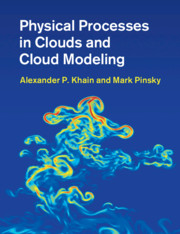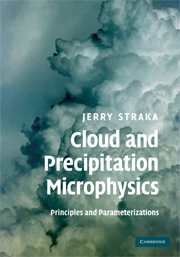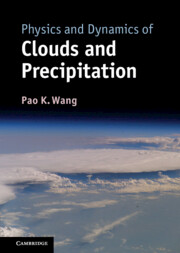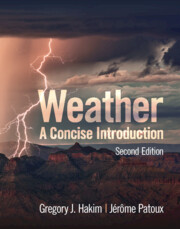Physical Processes in Clouds and Cloud Modeling
This book presents the most comprehensive and systematic description currently available of both classical and novel theories of cloud processes, providing a much-needed link between cloud theory, observation, experimental results, and cloud modeling. This volume shows why and how modern models serve as a major tool of investigation of cloud processes responsible for atmospheric phenomena, including climate change. It systematically describes classical as well as recent advancements in cloud physics, including cloud-aerosol interaction; collisions of particles in turbulent clouds; and the formation of multiphase cloud particles. As the first of its kind to serve as a practical guide for using state-of-the-art numerical cloud models, major emphasis is placed on explaining how microphysical processes are treated in modern numerical cloud resolving models. The book will be a valuable resource for advanced students, researchers and numerical model designers in cloud physics, atmospheric science, meteorology, and environmental science.
- Provides extensive information on the state-of-the-art in cloud physics and microphysics for advanced students and researchers
- Explains how cloud microphysical processes and thermodynamic processes are represented in modern numerical cloud models
- Compares different approaches to cloud microphysical processes, highlighting the advantages and disadvantages of different methods
Product details
July 2018Hardback
9780521767439
640 pages
285 × 222 × 37 mm
2kg
256 b/w illus. 213 colour illus.
Available
Table of Contents
- Preface
- List of abbreviations
- List of symbols
- 1. Clouds: definitions and significance
- 2. Cloud particles and their representation in cloud models
- 3. Basic equations
- 4. Numerical methods used in cloud models
- 5. Warm microphysical processes
- 6. Microphysical processes in ice and mixed-phase clouds
- 7. A powerful tool for cloud investigation
- Appendix A. Tensors
- Appendix B. Collision efficiency between drops and turbulent enhancement factor
- Appendix C. Graupel-drop collision efficiency and kernel
- Index.







